Mistresspieces
© Dina GoldsteinThroughout art history, male painters have often used the female form as a central subject, frequently portraying women as symbols of beauty, fertility, sensuality, and sometimes as allegories of nature, virtue, or vice. In many classical traditions, the female body was idealized, emphasizing graceful lines, soft curves, and proportion, as seen in works by artists like Titian and Botticelli. During the Renaissance, the depiction of the female nude became a way to explore humanist ideals and the mastery of anatomy, though these representations often reflected the male gaze, framing women as objects of desire rather than autonomous individuals. In later periods, such as the Romantic and Impressionist movements, female subjects continued to be portrayed, but with varying degrees of emotional depth, realism, or abstraction. In the 20th century, particularly within the Pop Art movement, male artists further explored the female form, often reducing it to stylized, commodified images that reflected consumer culture and mass media’s portrayal of women, emphasizing the tension between art, objectification, and the commercialization of the female body. While some male artists celebrated the female form with reverence or empathy, others objectified or fetishized it, contributing to ongoing debates about gender, power dynamics, and the portrayal of women in art.
click to view the complete set of images in the archive
Mona Lisa
Leonardo da Vinci began painting the Mona Lisa about 1503, and it was in his studio when he died in 1519. He likely worked on it intermittently over several years. The Mona Lisa was originally a type of portrait, but over time its meaning has shifted, and it has become an icon of the Renaissance, perhaps the most recognized painting in the world. The Mona Lisa is a likely a portrait of the wife of a Florentine merchant. For some reason however, the portrait was never delivered to its patron, and Leonardo kept it with him when he went to work for the King of France. The portrait depicts a woman who is widely believed to be the wife of a Florentine merchant La Gioconda. The subject's softly sculptural face shows Leonardo's skillful handling of sfumato, an artistic technique that uses gradations of light and shadow to model form, and shows his understanding of anatomy.
The simple Florentine housewife who may have been portrayed was transformed into a mysterious seductress. Viewers today can appreciate her equivocal expression, the sitter’s steady gaze and restrained smile. I have placed this elegant figure on the streets of the Downtown Eastside (DTES) known as the site of a complex set of social issues, including disproportionately high levels of drug use, homelessness, poverty, crime, mental illness and sex work. It is also known for its strong community resilience, history of social activism, and artistic contributions.
![]()
Leonardo da Vinci began painting the Mona Lisa about 1503, and it was in his studio when he died in 1519. He likely worked on it intermittently over several years. The Mona Lisa was originally a type of portrait, but over time its meaning has shifted, and it has become an icon of the Renaissance, perhaps the most recognized painting in the world. The Mona Lisa is a likely a portrait of the wife of a Florentine merchant. For some reason however, the portrait was never delivered to its patron, and Leonardo kept it with him when he went to work for the King of France. The portrait depicts a woman who is widely believed to be the wife of a Florentine merchant La Gioconda. The subject's softly sculptural face shows Leonardo's skillful handling of sfumato, an artistic technique that uses gradations of light and shadow to model form, and shows his understanding of anatomy.
The simple Florentine housewife who may have been portrayed was transformed into a mysterious seductress. Viewers today can appreciate her equivocal expression, the sitter’s steady gaze and restrained smile. I have placed this elegant figure on the streets of the Downtown Eastside (DTES) known as the site of a complex set of social issues, including disproportionately high levels of drug use, homelessness, poverty, crime, mental illness and sex work. It is also known for its strong community resilience, history of social activism, and artistic contributions.

Girl With Pearl Earring
The subject of the painting is unknown, with it either being possible that she was a real model, or that Vermeer created a more generalized and mysterious woman, perhaps representing a biblical figure. There has been speculation that she is the artist's eldest daughter, Maria, though this has been dismissed as an anachronism by some art historians. Unlike many of Vermeer’s subjects, she is not concentrating on a daily chore and unaware of her viewer. Instead, caught in a fleeting moment, she turns her head over her shoulder, meeting the viewer’s gaze with her eyes wide and lips parted as if about to speak. The dramatic, chiaroscuro lighting is one of the most striking and enduring aspects of Vermeer’s Girl with a Pearl Earring.
The almost black backdrop becomes the ideal setting for his young woman, who stands out like a spot lit actor on a stage. In this tableaux she is placed on a beach riddled with plastic waste. At least 14 million tons of plastic end up in the ocean every year. Plastic debris is currently the most abundant type of litter in the ocean, making up 80% of all marine debris found from surface waters to deep-sea sediments. Plastic is found on the shorelines of every continent, with more plastic waste found near popular tourist destinations and densely populated areas. The main sources of plastic debris found in the ocean are land-based, coming from urban and stormwater runoff, sewer overflows, littering, inadequate waste disposal and management, industrial activities, tires, construction and illegal dumping. Plastic pollution in the ocean has a devastating impact on marine life and ecosystems. The most worrying one being the damage plastic items cause to animals when they come into contact with or ingest them, which include suffocation, entanglement, laceration, infections and internal injuries.
![]()
The subject of the painting is unknown, with it either being possible that she was a real model, or that Vermeer created a more generalized and mysterious woman, perhaps representing a biblical figure. There has been speculation that she is the artist's eldest daughter, Maria, though this has been dismissed as an anachronism by some art historians. Unlike many of Vermeer’s subjects, she is not concentrating on a daily chore and unaware of her viewer. Instead, caught in a fleeting moment, she turns her head over her shoulder, meeting the viewer’s gaze with her eyes wide and lips parted as if about to speak. The dramatic, chiaroscuro lighting is one of the most striking and enduring aspects of Vermeer’s Girl with a Pearl Earring.
The almost black backdrop becomes the ideal setting for his young woman, who stands out like a spot lit actor on a stage. In this tableaux she is placed on a beach riddled with plastic waste. At least 14 million tons of plastic end up in the ocean every year. Plastic debris is currently the most abundant type of litter in the ocean, making up 80% of all marine debris found from surface waters to deep-sea sediments. Plastic is found on the shorelines of every continent, with more plastic waste found near popular tourist destinations and densely populated areas. The main sources of plastic debris found in the ocean are land-based, coming from urban and stormwater runoff, sewer overflows, littering, inadequate waste disposal and management, industrial activities, tires, construction and illegal dumping. Plastic pollution in the ocean has a devastating impact on marine life and ecosystems. The most worrying one being the damage plastic items cause to animals when they come into contact with or ingest them, which include suffocation, entanglement, laceration, infections and internal injuries.

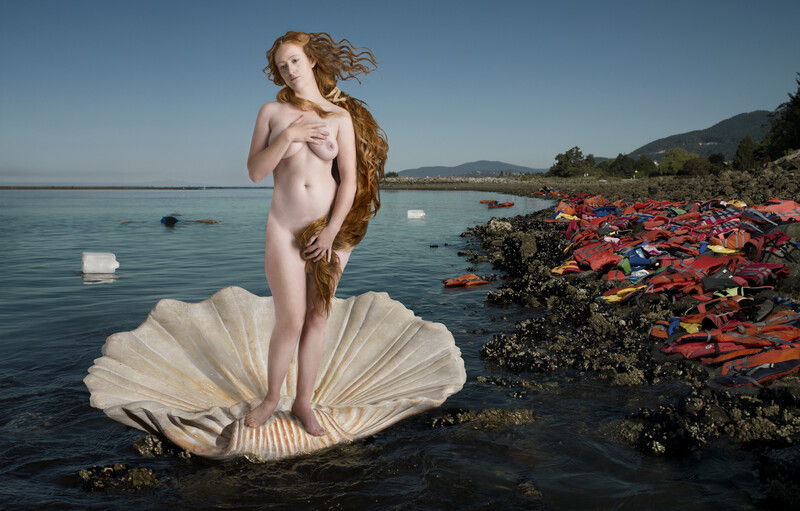

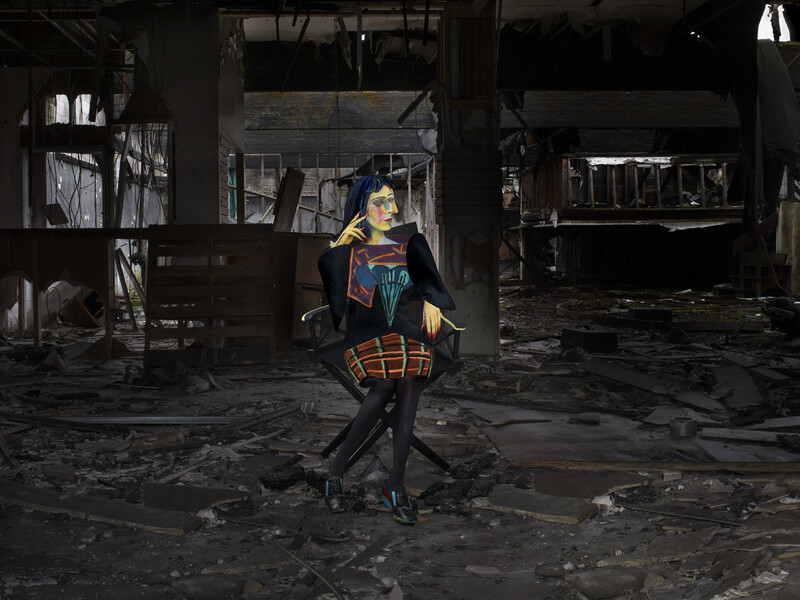
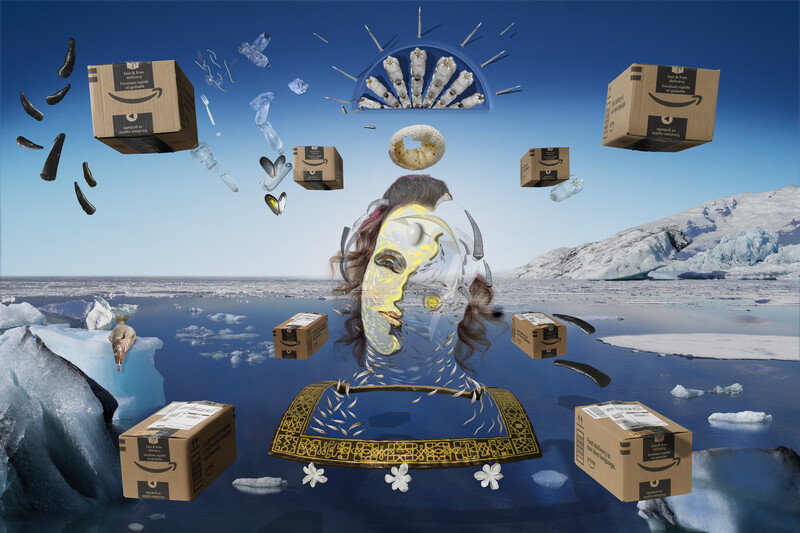
Madame X
John Singer Sargent’s 1884 portrait Madame X caused a scandal when first exhibited in Paris, not for its divine craftsmanship, but for its daring to expose a woman’s complete bare shoulder. The model’s dress strap was seen as shockingly suggestive, provoking such an uproar that Sargent repainted the strap in place and eventually left Paris for London to rebuild his career. Virginie Amélie Avegno Gautreau, a wealthy American-born socialite known in Paris for her striking beauty and pale complexion, longed to be immortalized as a great beauty. Instead, the painting brought her notoriety and damaged her reputation in society. Today within Western culture women have freedoms that make Singer Sargent dilemma a non-issue. However despite feminist achievements and the change of norms, the desire to cover up women continues. In many cases women remain covered by burkas not out of free choice, but due to restrictions imposed by patriarchal and misogynistic religious traditions. This in stark contrast to the freedoms and self-expression of modern Western society.
![]()
John Singer Sargent’s 1884 portrait Madame X caused a scandal when first exhibited in Paris, not for its divine craftsmanship, but for its daring to expose a woman’s complete bare shoulder. The model’s dress strap was seen as shockingly suggestive, provoking such an uproar that Sargent repainted the strap in place and eventually left Paris for London to rebuild his career. Virginie Amélie Avegno Gautreau, a wealthy American-born socialite known in Paris for her striking beauty and pale complexion, longed to be immortalized as a great beauty. Instead, the painting brought her notoriety and damaged her reputation in society. Today within Western culture women have freedoms that make Singer Sargent dilemma a non-issue. However despite feminist achievements and the change of norms, the desire to cover up women continues. In many cases women remain covered by burkas not out of free choice, but due to restrictions imposed by patriarchal and misogynistic religious traditions. This in stark contrast to the freedoms and self-expression of modern Western society.
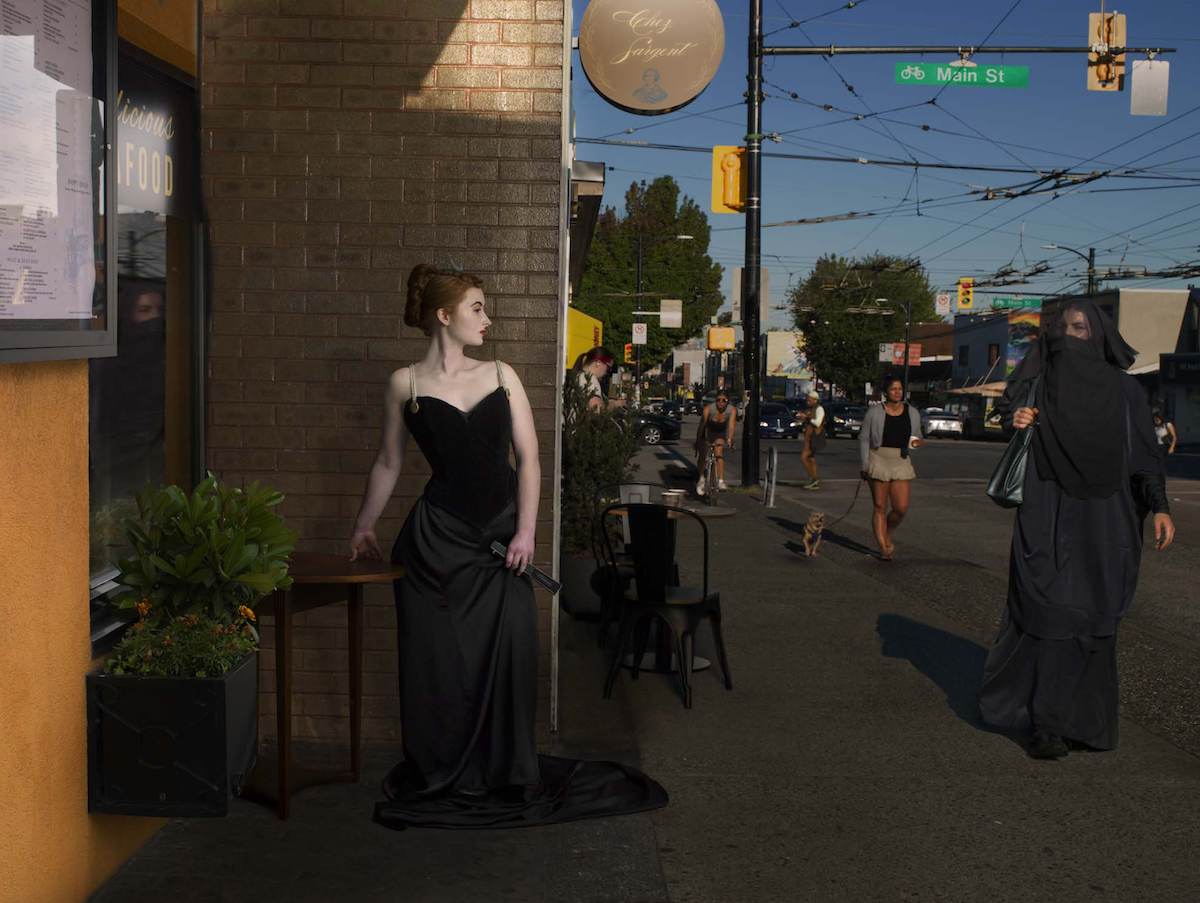
Adele Bloch-Bauer
Gustav Klimt’s Portrait of Adele Bloch-Bauer I (1907), often called the “Woman in Gold,” is an example of his Golden Phase, where oil paint and gold leaf merge into a jewel-like surface. Adele Bloch-Bauer was a wealthy Viennese socialite and patron of the arts, best known as the muse for Gustav Klimt. The portrait embodies both sensuality and opulence, elevating Adele into an icon. Adele stands within a gold mine that bears gold, an element that humanity has valued and treasured throughout history. For thousands of years, humanity has cherished gold for its rarity, beauty, and resistance to tarnish, weaving it into symbols of power, divinity, and wealth. From ancient burial masks to modern financial systems, gold has remained a universal marker of value and prestige across civilizations. Sadly, irresponsible mining, and large-scale excavation disrupt ecosystems by stripping
away forests, contaminating water sources with toxic runoff, and leaving behind scarred landscapes. These practices contribute to soil erosion, loss of biodiversity, and long-term damage that can take centuries to heal.
![]()
Gustav Klimt’s Portrait of Adele Bloch-Bauer I (1907), often called the “Woman in Gold,” is an example of his Golden Phase, where oil paint and gold leaf merge into a jewel-like surface. Adele Bloch-Bauer was a wealthy Viennese socialite and patron of the arts, best known as the muse for Gustav Klimt. The portrait embodies both sensuality and opulence, elevating Adele into an icon. Adele stands within a gold mine that bears gold, an element that humanity has valued and treasured throughout history. For thousands of years, humanity has cherished gold for its rarity, beauty, and resistance to tarnish, weaving it into symbols of power, divinity, and wealth. From ancient burial masks to modern financial systems, gold has remained a universal marker of value and prestige across civilizations. Sadly, irresponsible mining, and large-scale excavation disrupt ecosystems by stripping
away forests, contaminating water sources with toxic runoff, and leaving behind scarred landscapes. These practices contribute to soil erosion, loss of biodiversity, and long-term damage that can take centuries to heal.

Atlantic Coast
© Anastasia SamoylovaIn 1954, American photographer Berenice Abbott set out to document the historic U.S. Route 1, which was becoming a vital north-south East Coast artery stretching from Fort Kent, Maine, to Key West, Florida. Her anticipation of the seismic changes wrought by such a rapidly expanding Interstate Highway system -on small towns and major cities alike - has long become a reality. The increased reliance on private transportation along the Atlantic Coast has reshaped entire ecosystems, both rural and urban, and much of what she documented no longer exists.
Abbott took over 2,400 negatives and spent two years making prints and writing a prospectus describing the importance of the project: “to capture visually the character of a historic section of the United States, its beauties and incongruities and all. If visible evidence of the past survived, we wanted to photograph it before bulldozers and derricks moved in. ” Perhaps due to the vast scope of the subject or because it was overshadowed by another significant photographic road trip series, Robert Frank’s The Americans, 1958, Abbott never secured a publisher in her lifetime.
Inspired by Abbott’s acute and poetic observations of life along Route 1, my project, Atlantic Coast, seeks to undertake the same journey she did 70 years later, retracing the renowned photographer’s journey in reverse. Starting from my home state of Florida and ending in Maine, I will revisit the same communities and sites she documented, not just as an homage but as a means to reconsider the ongoing impact of this interstate highway and its symbolic ties to American expansionism. Once known as Pequot Path, King's Highway, and the Boston Post Road, U.S. Route 1 has paved the way for interstate commerce since its colonial roots as a mail delivery system.
My goal is to chronicle an American landscape forever changed by the unrelenting expansion of industry and commerce, to expose the myopic vision of real estate developers and the resulting displacement of people and wildlife. My prior bodies of work, created over the past seven years, have similarly examined landscapes through an environmental and social lens to reveal the gulf between glossy tourist images of place and the darker, fragile realities of life lived along the Eastern seaboard. Floridas, my book published in 2022, is a photographic exploration of Florida’s complex identity, juxtaposing the state’s mythic image of exotic beauty with its economic and social realities as a red state defined by xenophobia and immigration. By pairing my images with iconic works by Walker Evans, I examine themes of tourism, environmental degradation, and socioeconomic disparity. The project reflects on Florida as a place of beauty, conflict, and fragility, revealing how its landscapes and culture have been shaped by rapid development, climate change, and migration. In the Atlantic Coast project, I will not only significantly expand the geography of my reach but will document my journey in color as well.
Unlike Abbott, whose work in black-and-white documented a specific era of American life, my use of color references commercial tourist imagery as a means to address the construction of modernity, where the realm of artifice blurs the line between reality and illusion. The combination of color with my distinct approach of layering and juxtaposing images mirrors the fragmented, layered nature of contemporary life, where industries, people, and nature collide in ways that are both stark and nuanced.
Abbott took over 2,400 negatives and spent two years making prints and writing a prospectus describing the importance of the project: “to capture visually the character of a historic section of the United States, its beauties and incongruities and all. If visible evidence of the past survived, we wanted to photograph it before bulldozers and derricks moved in. ” Perhaps due to the vast scope of the subject or because it was overshadowed by another significant photographic road trip series, Robert Frank’s The Americans, 1958, Abbott never secured a publisher in her lifetime.
Inspired by Abbott’s acute and poetic observations of life along Route 1, my project, Atlantic Coast, seeks to undertake the same journey she did 70 years later, retracing the renowned photographer’s journey in reverse. Starting from my home state of Florida and ending in Maine, I will revisit the same communities and sites she documented, not just as an homage but as a means to reconsider the ongoing impact of this interstate highway and its symbolic ties to American expansionism. Once known as Pequot Path, King's Highway, and the Boston Post Road, U.S. Route 1 has paved the way for interstate commerce since its colonial roots as a mail delivery system.
My goal is to chronicle an American landscape forever changed by the unrelenting expansion of industry and commerce, to expose the myopic vision of real estate developers and the resulting displacement of people and wildlife. My prior bodies of work, created over the past seven years, have similarly examined landscapes through an environmental and social lens to reveal the gulf between glossy tourist images of place and the darker, fragile realities of life lived along the Eastern seaboard. Floridas, my book published in 2022, is a photographic exploration of Florida’s complex identity, juxtaposing the state’s mythic image of exotic beauty with its economic and social realities as a red state defined by xenophobia and immigration. By pairing my images with iconic works by Walker Evans, I examine themes of tourism, environmental degradation, and socioeconomic disparity. The project reflects on Florida as a place of beauty, conflict, and fragility, revealing how its landscapes and culture have been shaped by rapid development, climate change, and migration. In the Atlantic Coast project, I will not only significantly expand the geography of my reach but will document my journey in color as well.
Unlike Abbott, whose work in black-and-white documented a specific era of American life, my use of color references commercial tourist imagery as a means to address the construction of modernity, where the realm of artifice blurs the line between reality and illusion. The combination of color with my distinct approach of layering and juxtaposing images mirrors the fragmented, layered nature of contemporary life, where industries, people, and nature collide in ways that are both stark and nuanced.

Pre-order
Publisher: aperture
Format: Hardback
Number of pages: 144
Number of images: 91
Publication date: 2025-11-18
Measurements: 9.37 x 11 x 0.62 inches
ISBN: 9781597115940
Publisher: aperture
Format: Hardback
Number of pages: 144
Number of images: 91
Publication date: 2025-11-18
Measurements: 9.37 x 11 x 0.62 inches
ISBN: 9781597115940
The presence of people, captured as isolated portraits and as subjects of larger mise-en-scènes, becomes a stand-in for the figures and communities once documented by Abbott, and ghosts of the future. Having been born in Russia and living in America since 2008, my perspective is shaped by both an intimate understanding of the American landscape and a critical distance that allows me to see its complexities with fresh eyes. Gaining citizenship in 2021 has deepened my connection to this country, enabling me to document its contradictions—between idealized imagery and lived realities—with a nuanced, multifaceted approach.
click to view the complete set of images in the archive















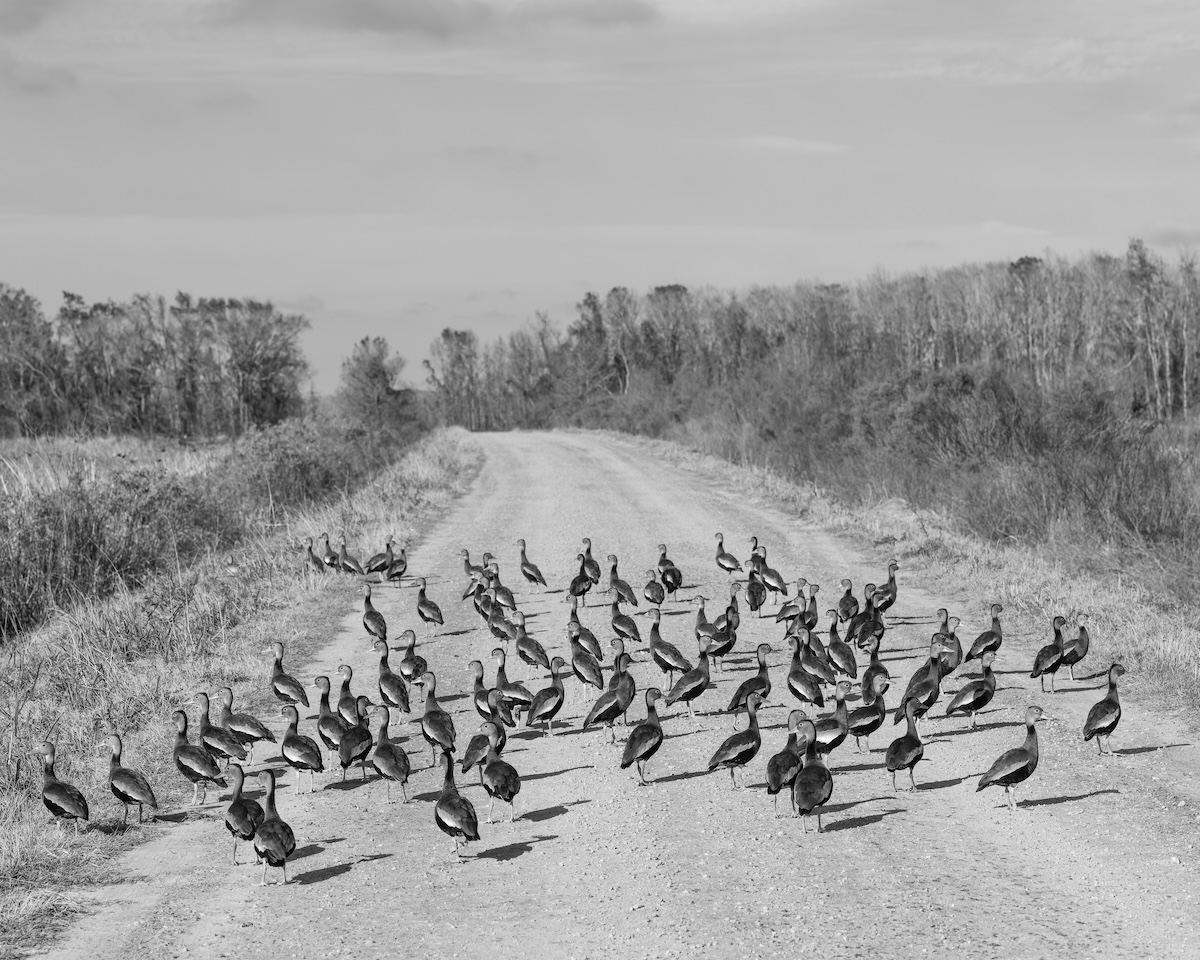






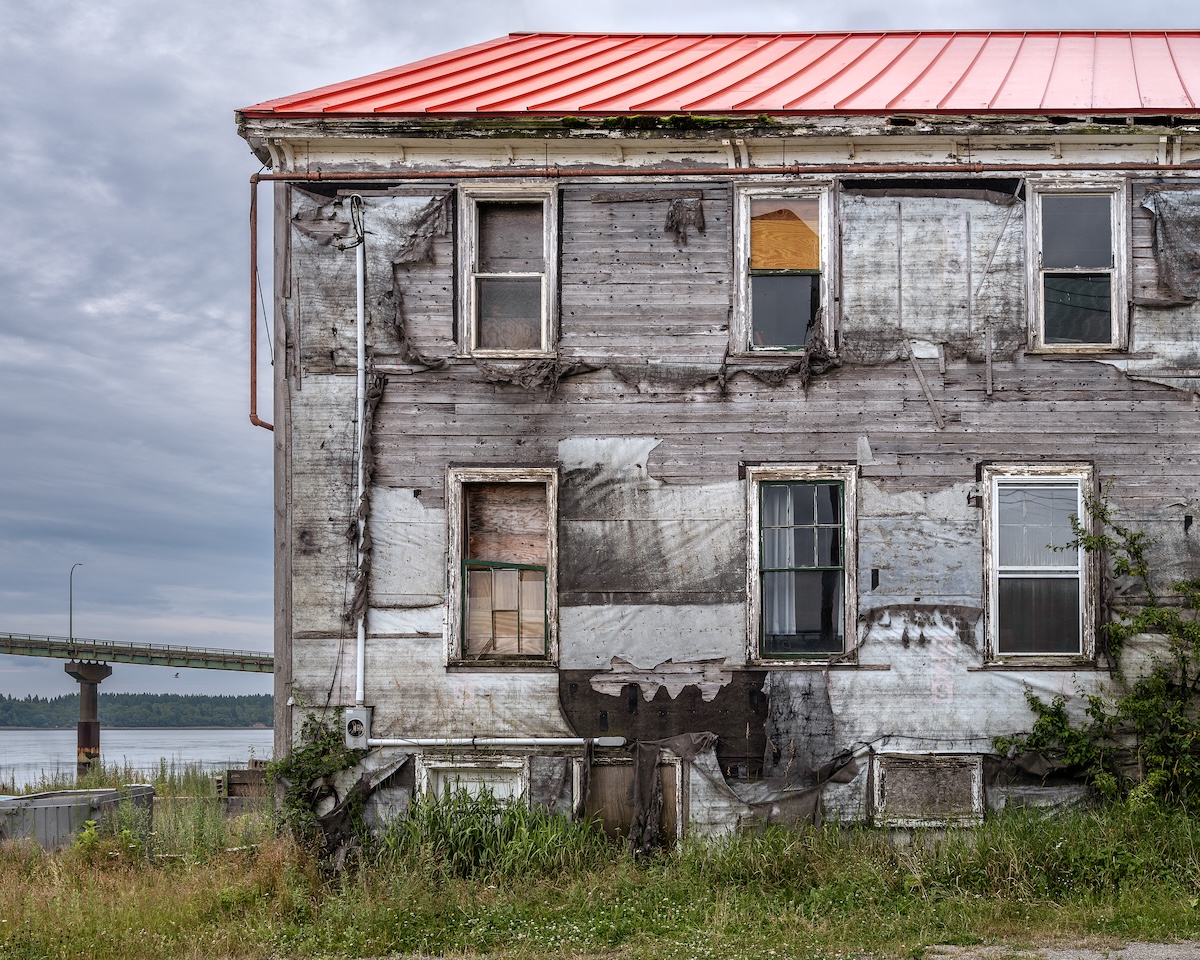
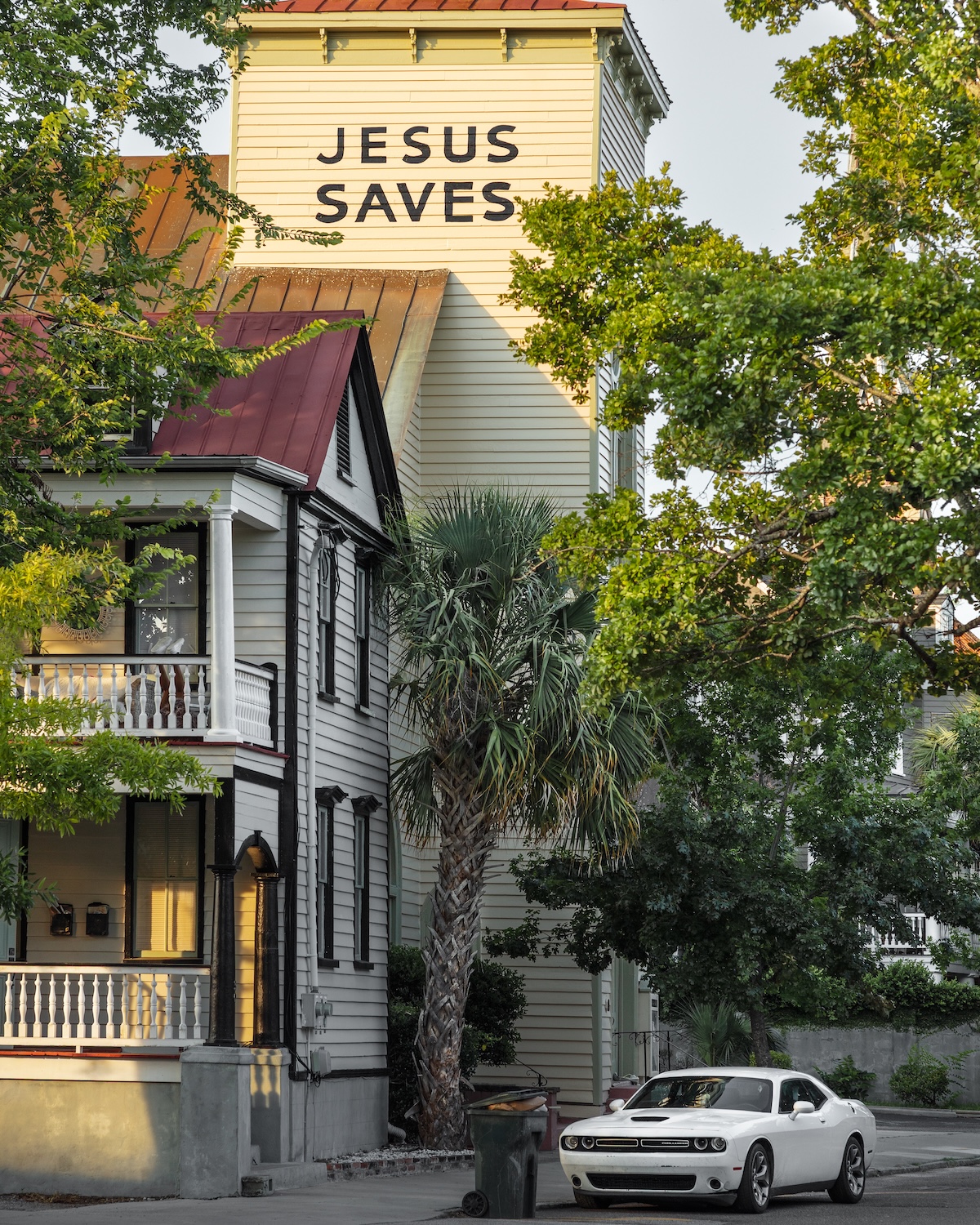
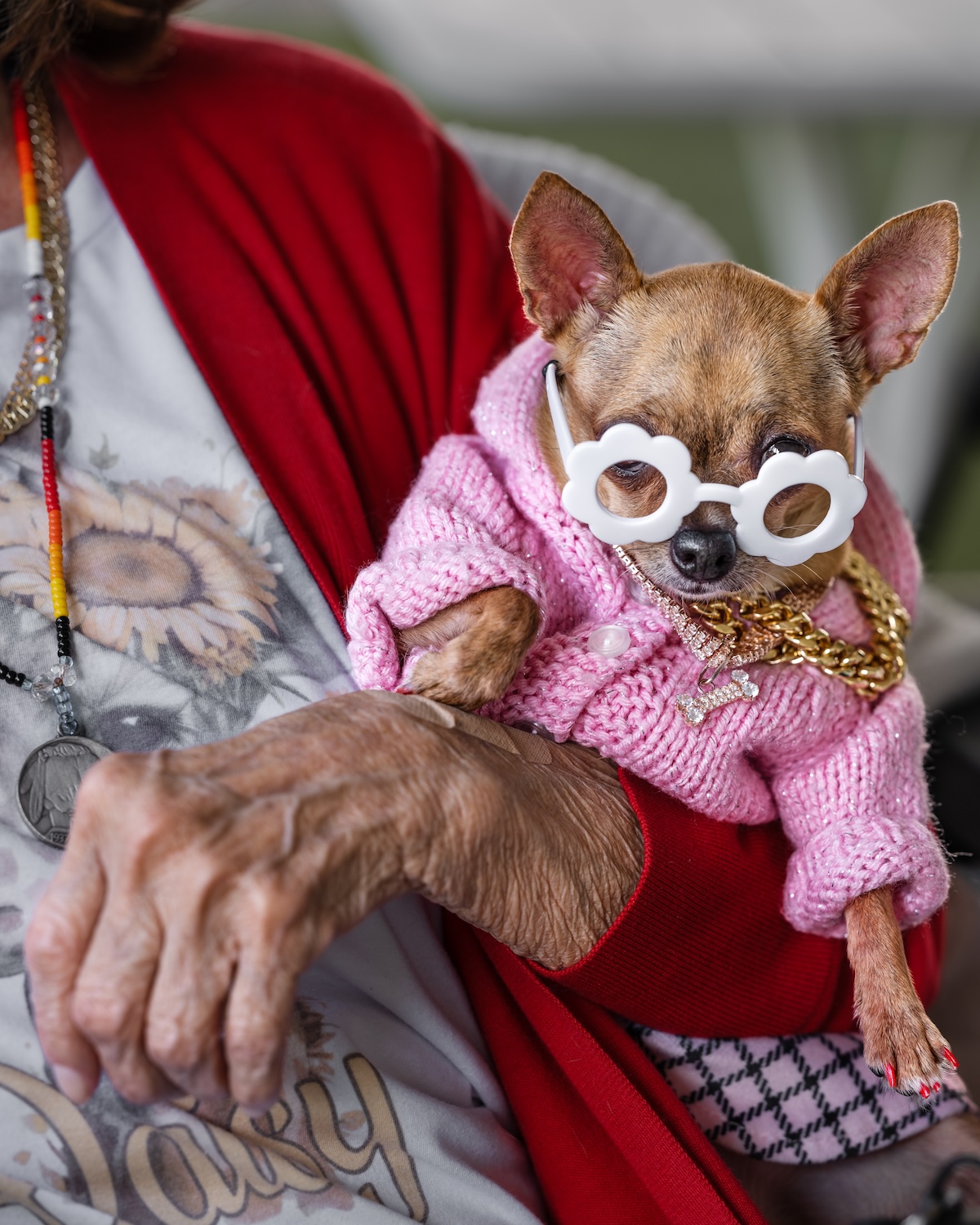
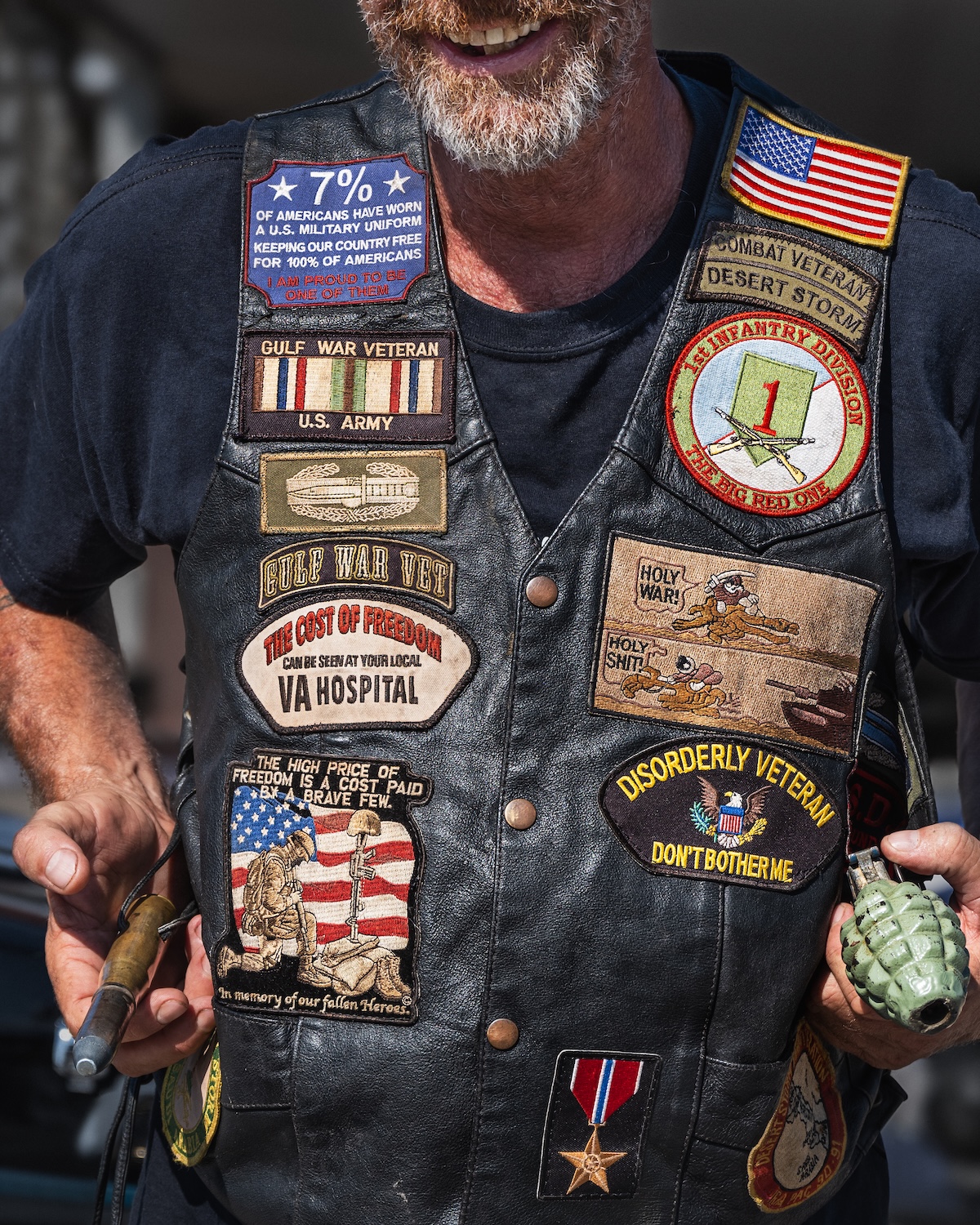

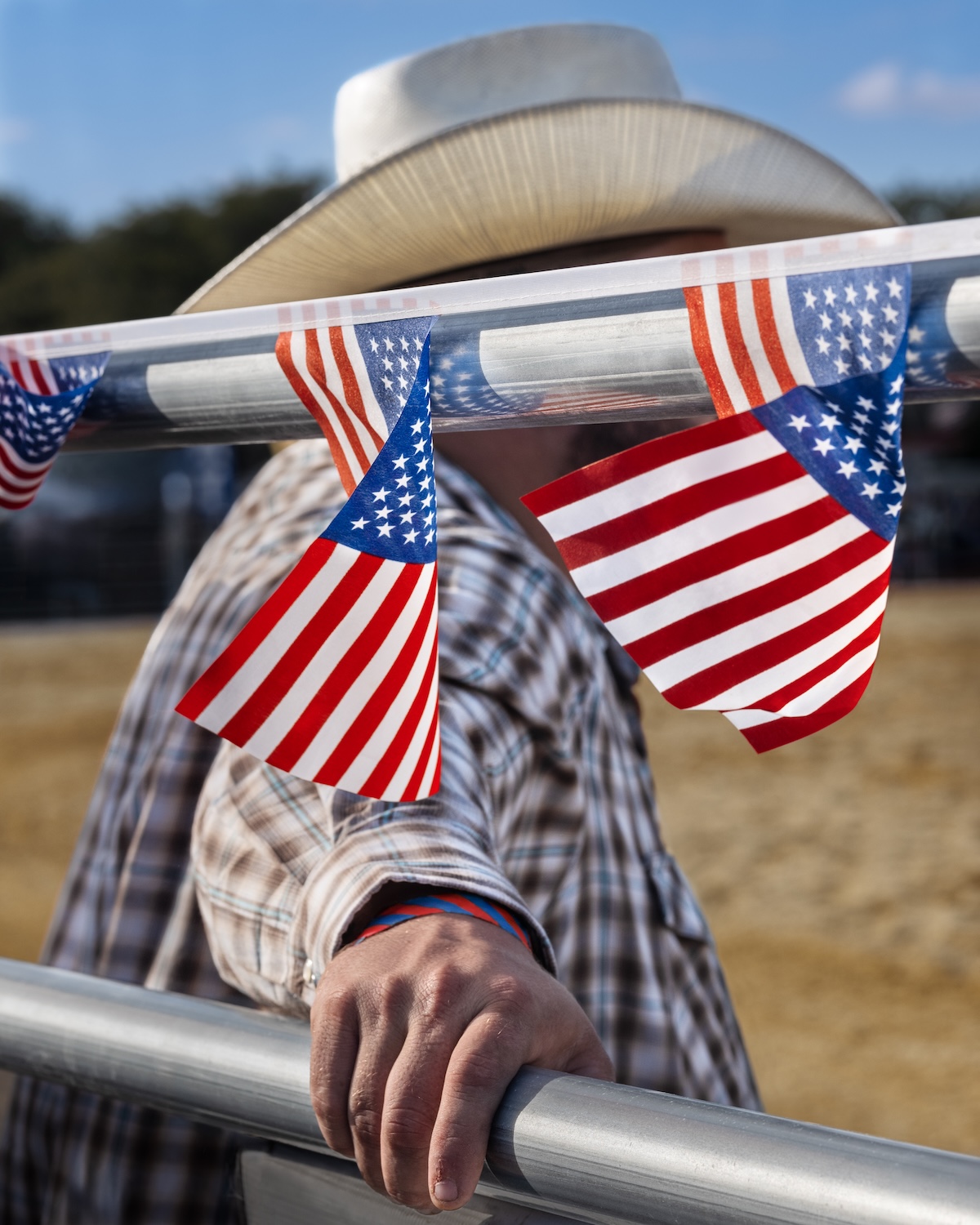
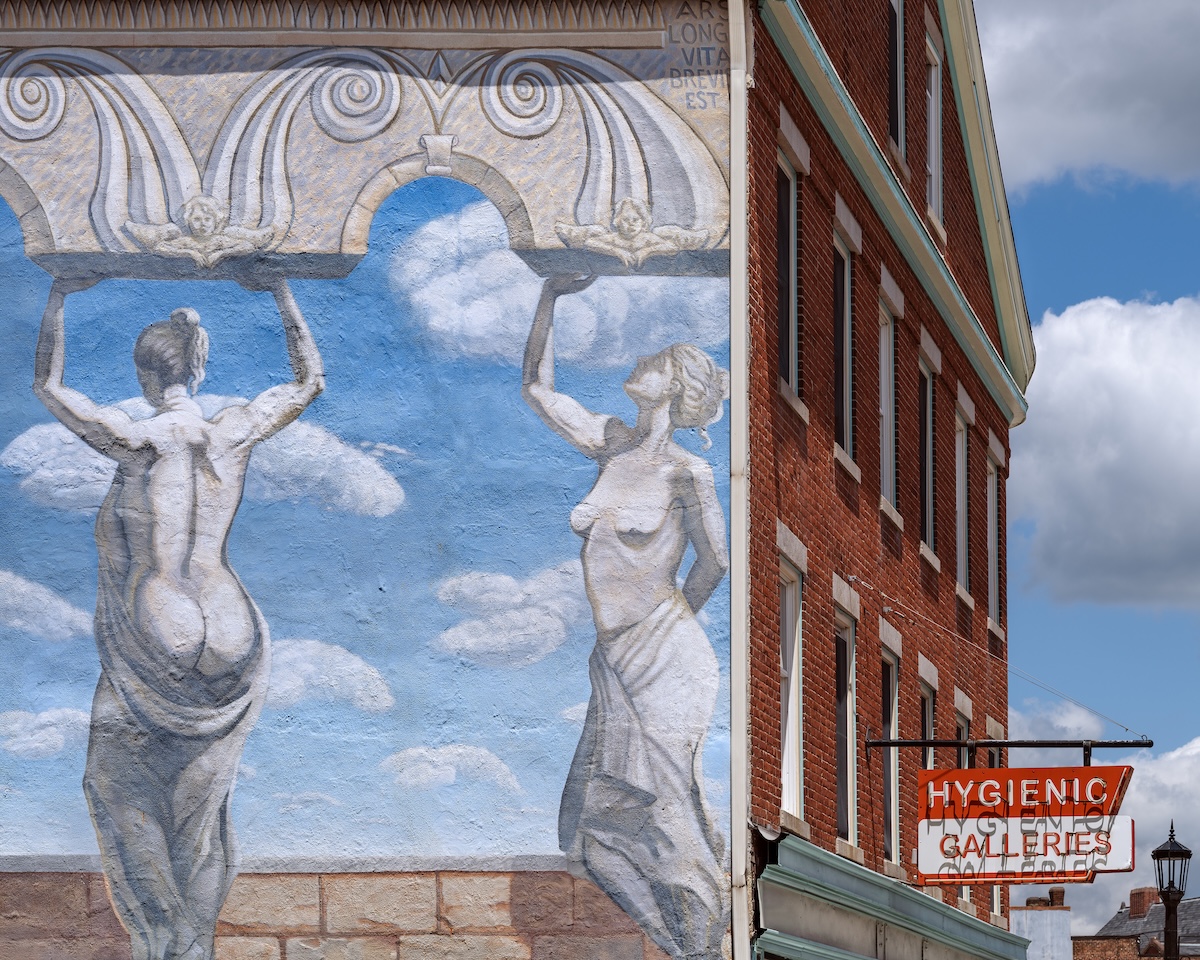

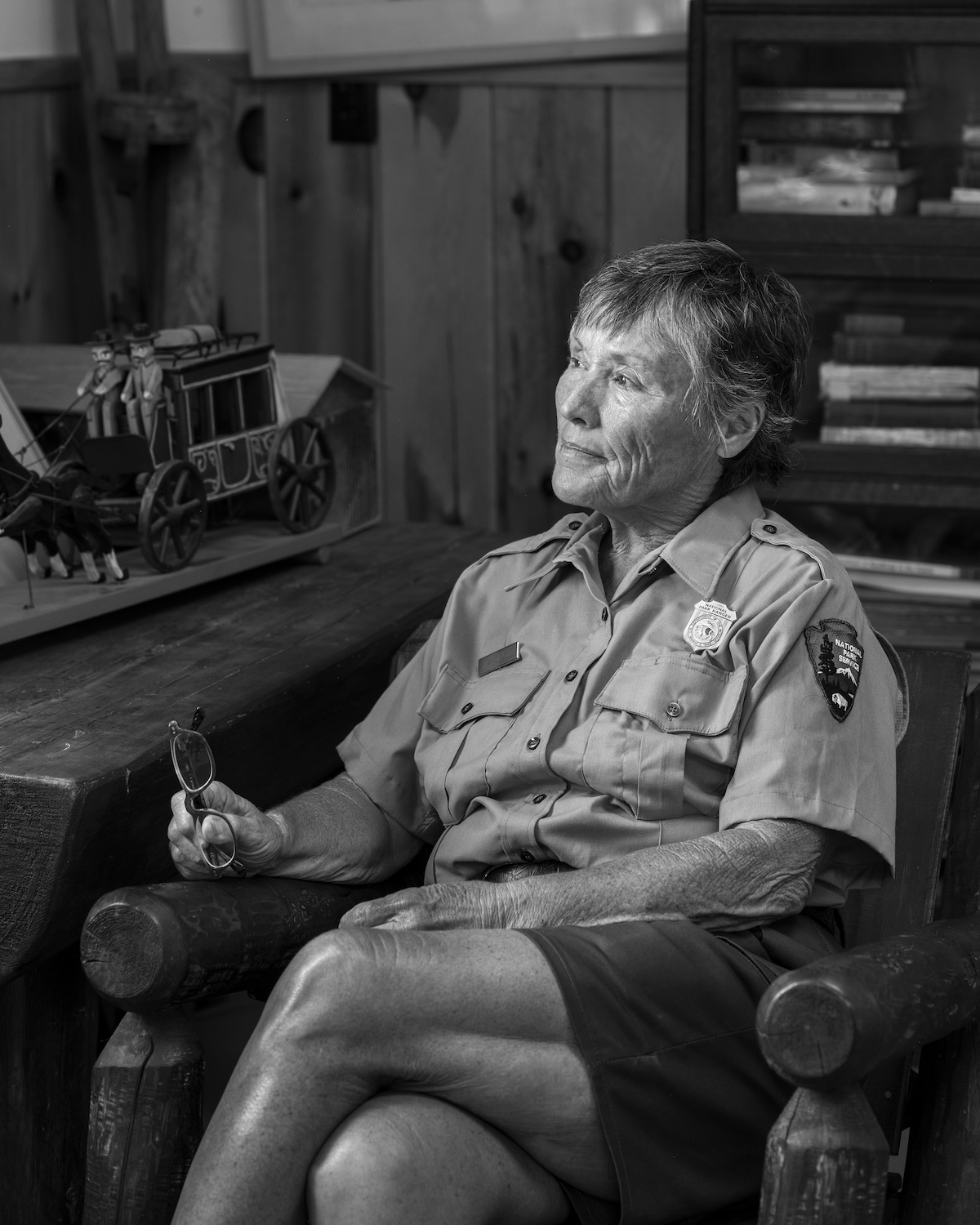
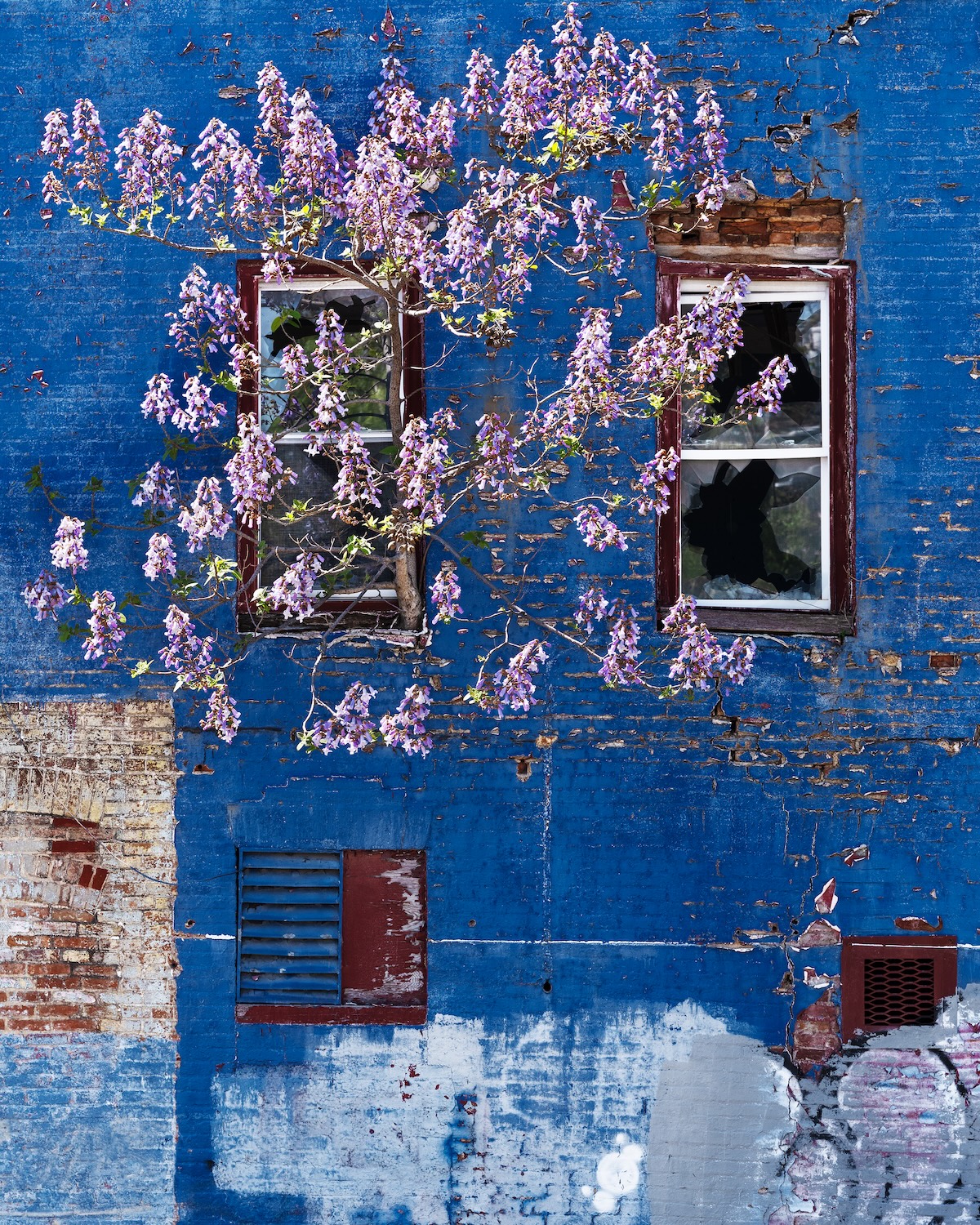
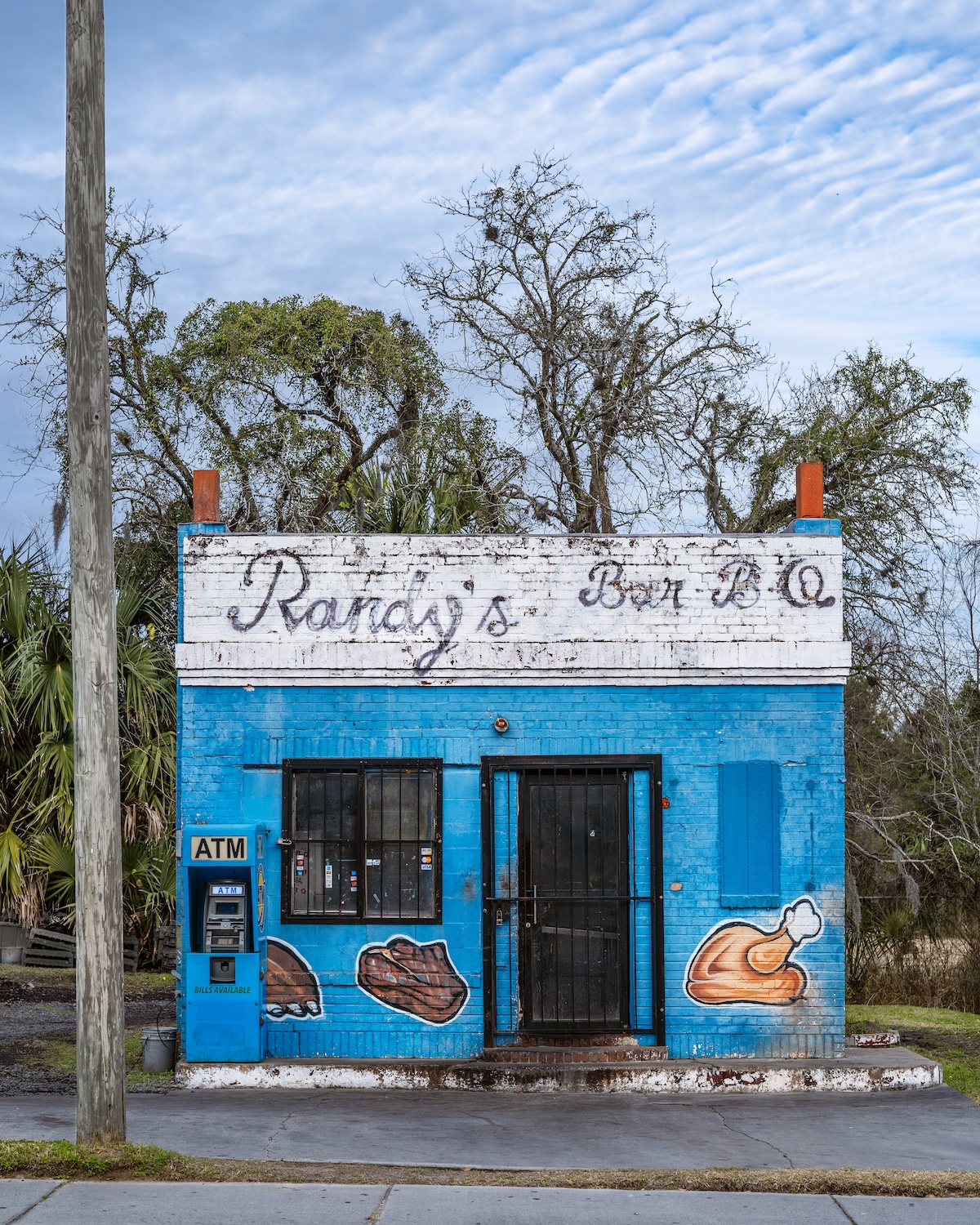
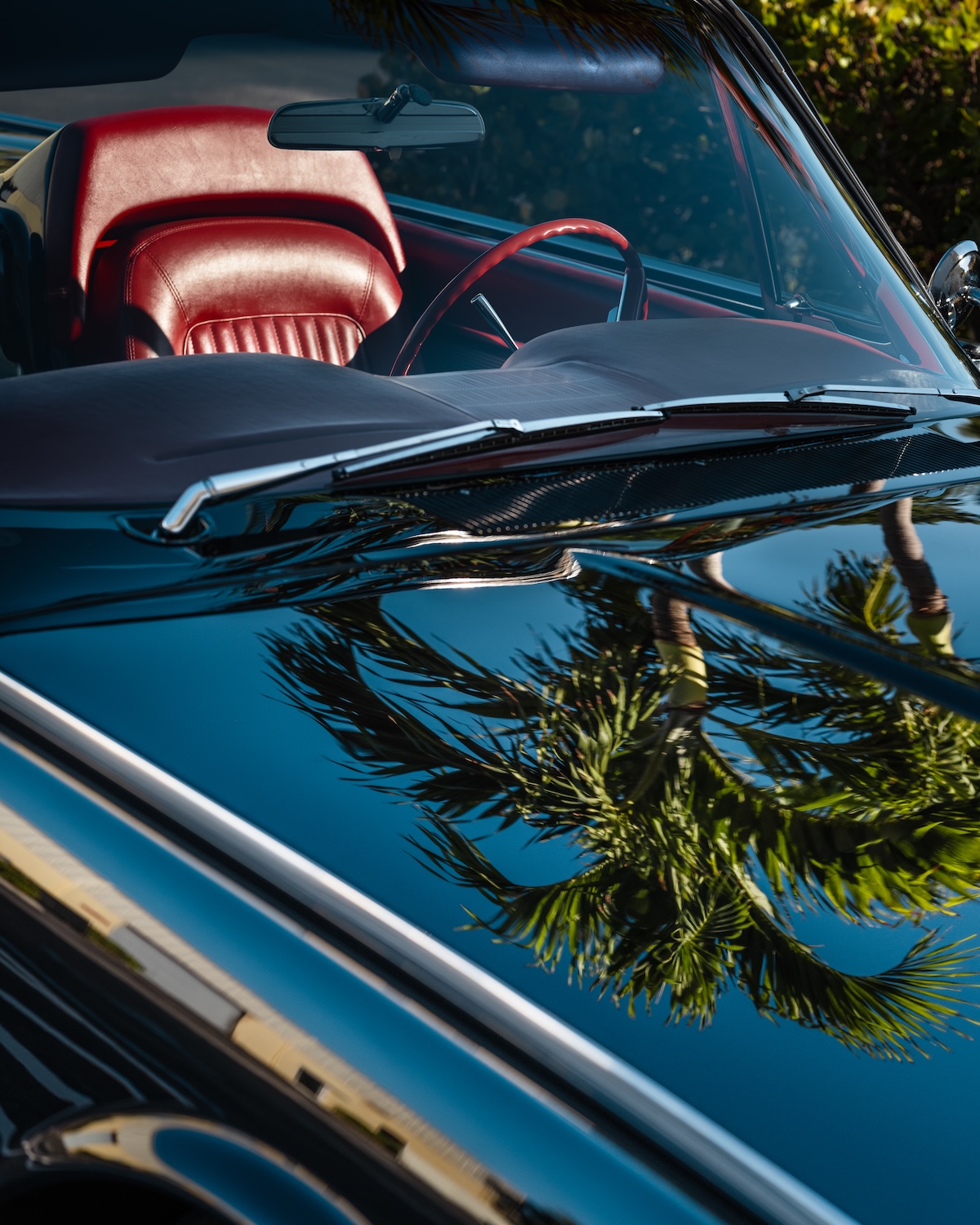

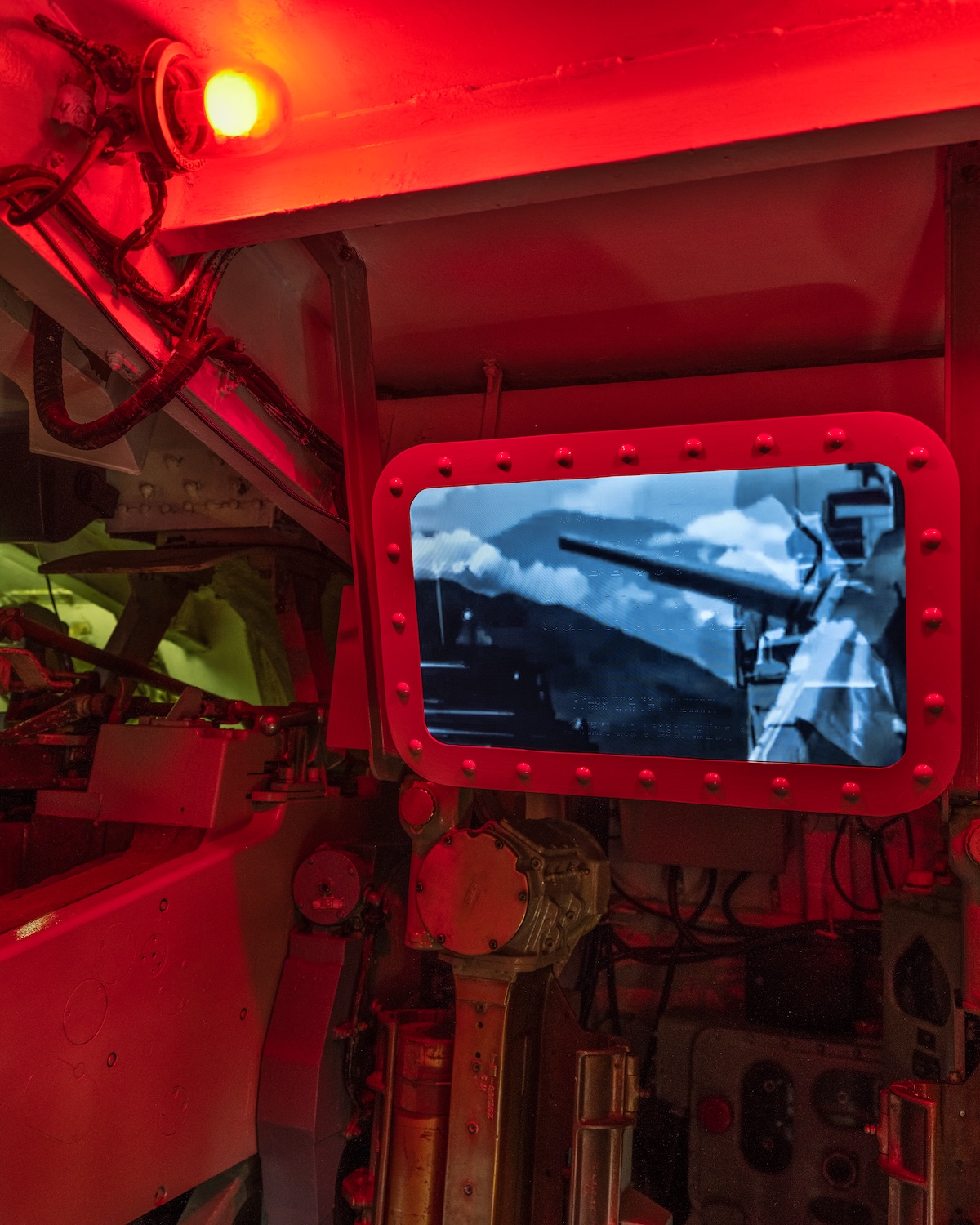

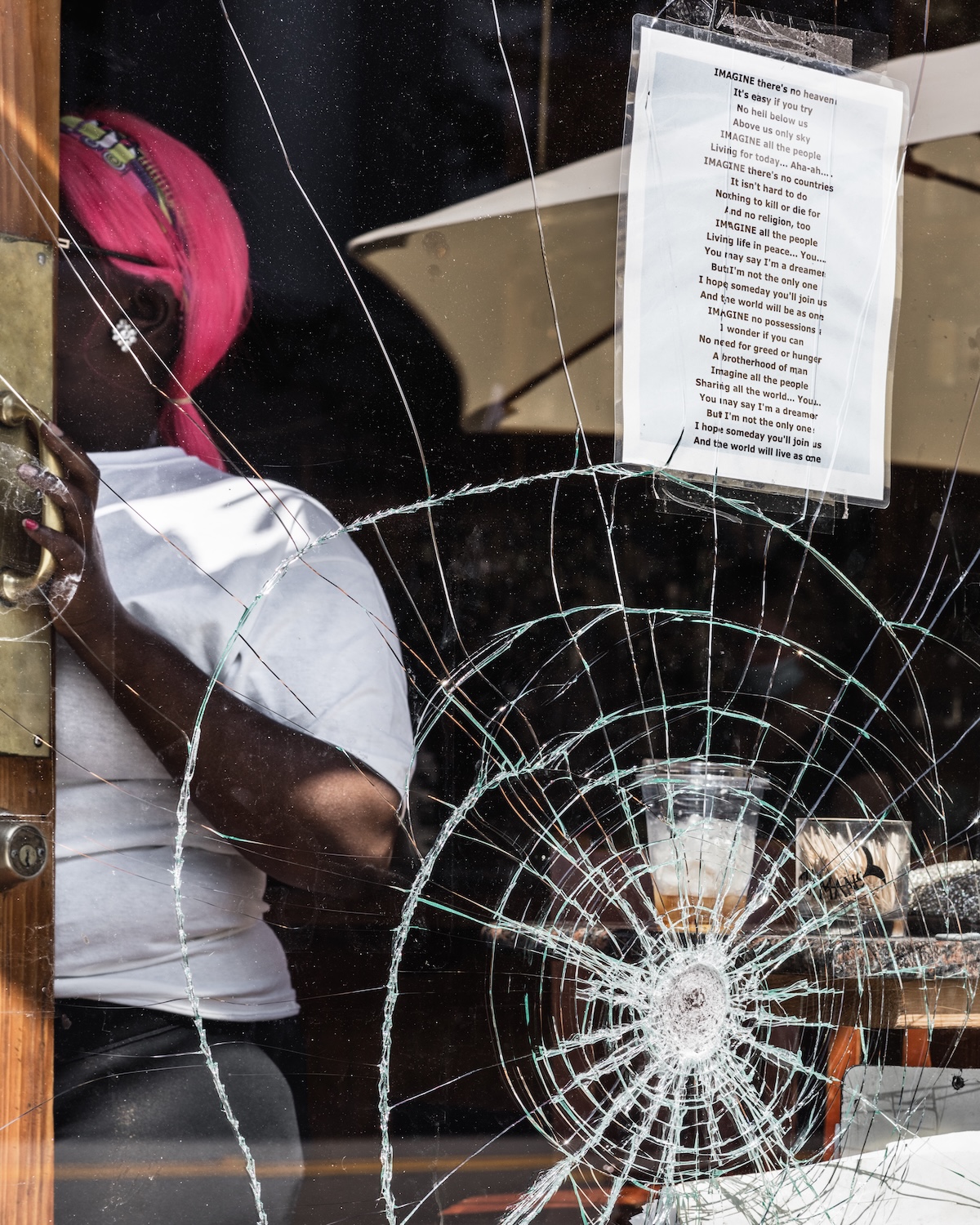


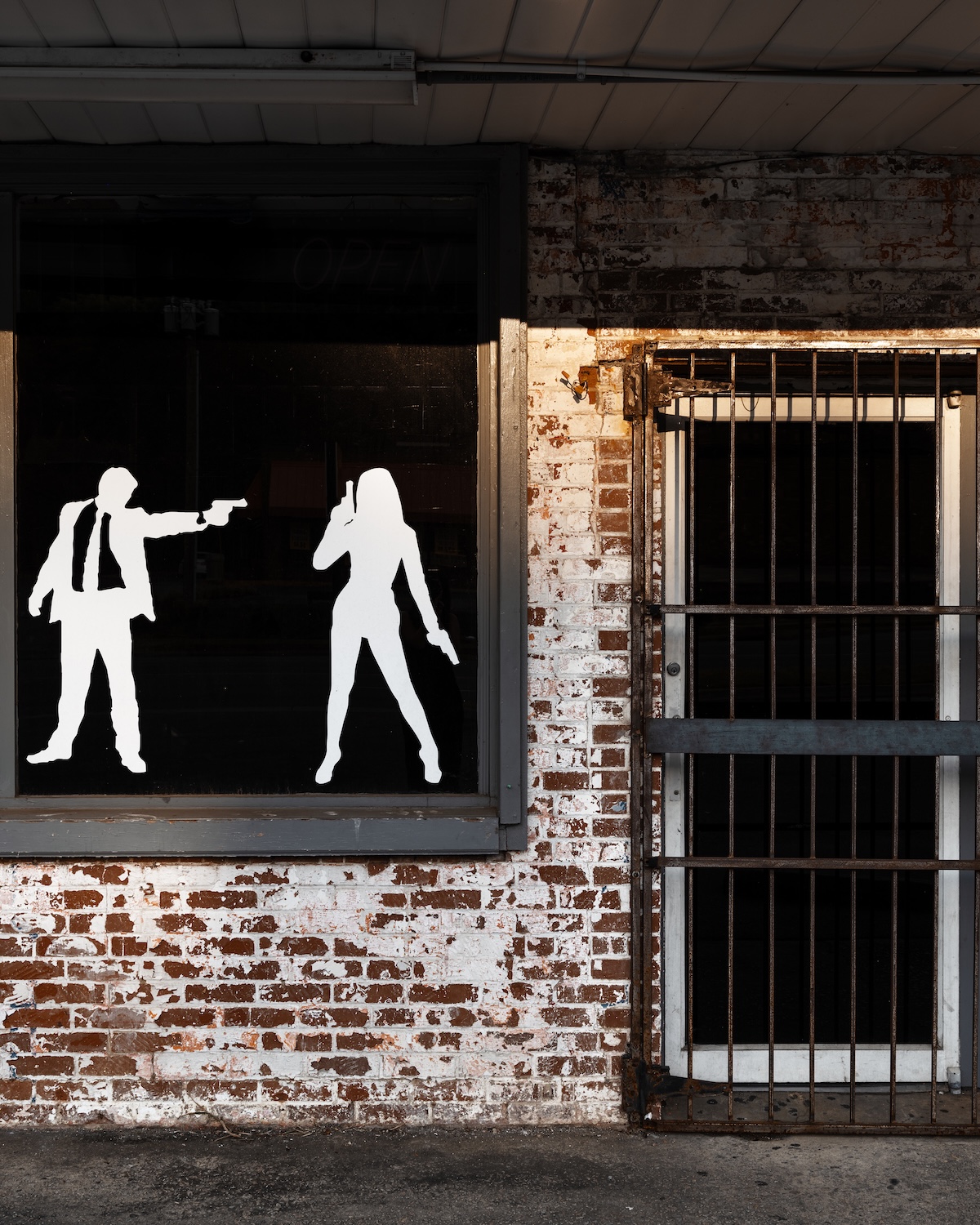
命預けます | INOCHI AZUKEMASU | I GIVE YOU MY LIFE
© Chloe JafeIn 2013, Chloé Jafé moved to Tokyo with the ambition to meet the women of the Yakuza. But no one enters this mafia, one of the most legendary in the world, without being invited. After spending a year perfecting her Japanese, immersing herself in the codes of a culture miles apart from her own, having been a hostess in a bar and combing the city's red-light districts, the lock finally broke in. Through a lucky encounter and out of temerity.
Inducted by a Boss, she was able to approach these padlocked clans, their official rituals and gatherings, the taboo and tattooed stories that their kimonos camouflage, and through them, their wives, daughters and mistresses.
Women lurking in the shadow of the men to whom they have dedicated their existence, marked on the skin by this dedication, which automatically excludes them from society.
The “gift of one’s life”, Inochi Azukemasu in Japanese, constitutes the first part of her trilogy.
click to view the complete set of images in the archive
For the present book
© the(M) éditions, IBASHO 2023
Photographs and paintings
© Chloé Jafé
Text
© Élodie Cabrera
Illustrations
© Naoko Matsuda
Artistic direction: Teun van der Heijden
Printed by Robstolk in the Netherlands
Printed in October 2023
ISBN: 979-10-95424-44-4
With the support of Centre national des arts plastiques
© the(M) éditions, IBASHO 2023
Photographs and paintings
© Chloé Jafé
Text
© Élodie Cabrera
Illustrations
© Naoko Matsuda
Artistic direction: Teun van der Heijden
Printed by Robstolk in the Netherlands
Printed in October 2023
ISBN: 979-10-95424-44-4
With the support of Centre national des arts plastiques
愛しいの沖縄 | ITOSHI NO OKINAWA | OKINAWA MON AMOUR
© Chloe JafeIn this photographic and sentimental wandering, the second chapter of her trilogy, the photographer paints a portrait with great accuracy of this isolated island from the rest of Japan. In Okinawa, which was destroyed during WWII, the clocks seem to have stopped. Chloé Jafé takes her side by revealing the stigmata of a past that still binds the facades and faces and the dark corners of an island where corsairs in distress and good-time ladies continue to accost.
These men and women, ostracised from a society that sets up performance as a religion, Chloé Jafé puts them into the light by revealing a marginality in all its tenderness and distress.
click to view the complete set of images in the archive
Limited Handmade Edition of 30 / Numbered & Hand-signed
• limited handmade edition of 30
• numbered and signed
• accompanied with 1 gelatin silver print (23.5 x 16 cm, edition of 10 each)
Size: 260 x 200 mm
Pages: 184 Pages, 90 Images
Publication Date: 2020
Language: Japanese, English
Publisher: Self-published
• limited handmade edition of 30
• numbered and signed
• accompanied with 1 gelatin silver print (23.5 x 16 cm, edition of 10 each)
Size: 260 x 200 mm
Pages: 184 Pages, 90 Images
Publication Date: 2020
Language: Japanese, English
Publisher: Self-published
二郎との出会い | JIRO TO NO DEAI | HOW I MET JIRO
© Chloe JafeThe final chapter in her trilogy is an ode to the fallen Osaka. In this city, the third-largest in the country, Chloé Jafé has travelled extensively in the district of Nishinari, a district erased from tourist guides that drains a population mainly made up of men, mostly over 60 years old. There she met and photographed homeless people, transvestites, retirees from banditry and those released from capitalism who preferred to hide there rather than face the shame of being fired.
These workers no longer have a future on the horizon. Through this work, Chloé Jafé attempts to rectify their history and modestly rehabilitate an overlooked and silenced part of Japan.
click to view the complete set of images
Limited Handmade Edition of 30 / Numbered & Hand-signed
• limited handmade edition of 30
• numbered and signed
• accompanied with 1 gelatin silver print (23.5 x 16 cm, edition of 10 each)
Size: 260 x 200 x 23 mm
Pages: 112 Pages, 70 Images
Printing Hardcover
Publication Date: 2022
Publisher: Self published
Language: Japanese, English
• limited handmade edition of 30
• numbered and signed
• accompanied with 1 gelatin silver print (23.5 x 16 cm, edition of 10 each)
Size: 260 x 200 x 23 mm
Pages: 112 Pages, 70 Images
Printing Hardcover
Publication Date: 2022
Publisher: Self published
Language: Japanese, English
